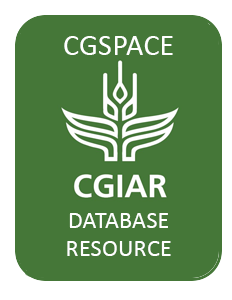Since the mid-2010s, progress in reducing food insecurity and improving diet quality has stalled. Multiple shocks, including the COVID-19 pandemic, climate change, and Russia’s invasion of Ukraine in 2022, have exacerbated the situation and put Sustainable Development Goal 2 on Zero Hunger…
Theoretically, the world produces enough food to nourish the growing world population. Although precise data remains scarce, according to most recent studies, globally each year possibly as much as 30 per cent of the food produced is being lost or wasted somewhere between farm and fork. This…
Theoretically, the world produces enough food to nourish the growing world population. Although precise data remains scarce, according to most recent studies, globally each year possibly as much as 30 per cent of the food produced is being lost or wasted somewhere between farm and fork. This…
Theoretically, the world produces enough food to nourish the growing world population. Although precise data remains scarce, according to most recent studies, globally each year possibly as much as 30 per cent of the food produced is being lost or wasted somewhere between farm and fork. This…
A proliferation of irrigation infrastructure throughout the Mekong River has impacted the ability of certain fish species to migrate to fulfil their lifecycle. In response, fishways, a type of fish-friendly irrigation structure, have been developed to provide passage for these fish. In recent…
The cattle sector plays a pivotal role in the economies of numerous Latin American and Caribbean countries. However, it also exerts a significant impact on environmental degradation, including substantial contributions to greenhouse gas emissions (accounting for 23.5 % of global livestock…
We analyze rural households’ purchases of food (cereals and non-cereals) in Sub-Saharan Africa using nationally representative data with 65,000 observations covering 7 countries over a decade. We distinguish between three strata of countries: lower stratum in income and urbanization, middle…
Overcoming future sustainable development challenges will require significant transformations in food, land, and water systems. However, the challenges faced by countries are varied and complex. Produced by IWMI, the Policy Pathways podcast will examine the policy coherence of food, land, and…
Changes in land use and land cover (LULC) are a major concern in Ethiopia. It has a significant impact on the environment, food and feed availability, and other ecosystem services and products for present and future generations. The effects of LULC change are particularly more pronounced in the…
Agriculture consumes the largest share of freshwater globally; therefore, distinguishing between rainfed and irrigated croplands is essential for agricultural water management and food security. In this study, a framework incorporating the Budyko model was used to differentiate between rainfed…
Egypt’s quota of Nile River water has been constant since the 1950s, despite the continual agricultural land expansion. To facilitate land reclamation, Egypt has reallocated Nile water from downstream users, mostly smallholders in the ‘old lands’ of the Delta. As water demands have grown,…
Soil and water conservation have been traditionally part of farming practices for thousands of years. Despite massive efforts to implement modern soil and water conservation practices (SWCPs) in the Ethiopian Highlands, soil erosion increased after the 1970s when social and political events led…

